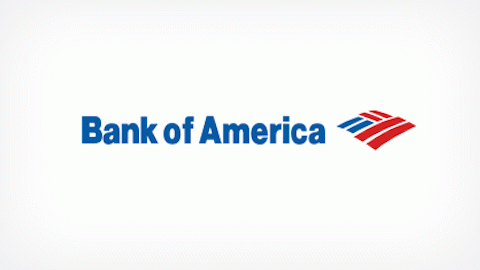In my study of Wells Fargo & Company (NYSE:WFC) back in September 2011, I had suggested that the banking giant looked “undervalued by historical standards” based on its growth prospects and valuation. Since then, the price of the stock has grown by almost 48%. Today, the stock compels me to delve even deeper to see if it still has room enough for growth in the long run.

We have seen that despite reporting record Q4 earnings, the market reacted skeptically to Wells Fargo & Company (NYSE:WFC). This was primarily due to the more-than-expected decline in its net interest margin (NIM). Despite this, WFC recorded a whopping 24% jump in net income and a 7% growth in its revenue on a year-on-year on basis. It also showed improvement in credit quality as both net charge-offs and non-performing assets continued to slide further. More importantly, the dip in NIM is not as bad it sounds. Since the quarter witnessed a better-than-expected growth in deposits, the excess cash was reinvested in short-term securities. The incremental NIM related to deposits thus resulted in a compression in the bank’s overall NIM.
Implication
Assuming that we don’t see such a dramatic jump in deposits in the near future, it would be safe to conclude that Wells Fargo & Company (NYSE:WFC) won’t be subjected to such kind of NIM pressure in the forthcoming quarters of 2013. I say this because the impressive loan growth is expected to bring about a hike in average loan balances, which in turn should help avoid such a decline in the interest margin.
That said, I would like to reiterate the Foolish question yet again – is the stock still selling on the cheap? Let’s compare WFC with its closest competitors Citigroup Inc. (NYSE:C) and Bank of America Corp (NYSE:BAC) along a few meticulously picked parameters to find this out:
1). P/E/Growth (PEG) ratio- The Price/earnings (P/E) ratio in itself is a good indicator of how cheap or expensive the stock is. When we divide this by the historical growth rate of the company, we get a much better picture of its valuation. WFC’s PEG ratio of 1.05 makes it look slightly expensive than Citi and BofA, which stand at 0.77 and 0.66, respectively.
2). Price/book (P/B) ratio- If you are investing in banks, you definitely shouldn’t overlook this one. This ratio helps identify stocks trading at a discount relative to their book values. On this parameter, with a P/B of 1.28, WFC is outdone by both its rivals. Citi and BofA stand at 0.70 and 0.60, respectively.
3). Revenue growth to EPS growth- The company’s revenues should grow in tandem with its earnings over time before it can be called a ‘growth stock’. So instead of focusing on just inflated bottom lines, it’s prudent to see if they are actually being driven by stronger revenues or not. WFC’s earnings growth of 19.17% against revenue growth rate of 12.72% makes it very appealing.
4). Return on assets (ROA)- The ROA, which is calculated by multiplying net profit margin by asset turnover, tells us a good deal about how much value is being created from each dollar of assets. In this case, WFC’s ROA of 1.42% beats both its competitors and the industry average. Citi and BofA stand at 0.42% and 0.19%, while the industry’s average is 0.88%.
In a nutshell
It’s worth considering that Wells Fargo & Company (NYSE:WFC), which came out strong post-recession, still has a comparatively low exposure to the capital markets business. With improving asset quality and low cost funding, WFC seems to have substantial room for growth. While it may not be as attractively priced as its peers, the growth criteria do make it look promising from a long term perspective. As Warren Buffett says, “Tomorrow’s always uncertain, but the future, the longer future, is always very certain. And that’s what you have to keep your eye on.” And WFC doesn’t top the list of Buffett’s favorite banks for nothing.
The article Is Wells Fargo Geared Up To Go Far? originally appeared on Fool.com and is written by Zeeshan Siddique.
Copyright © 1995 – 2013 The Motley Fool, LLC. All rights reserved. The Motley Fool has a disclosure policy.





